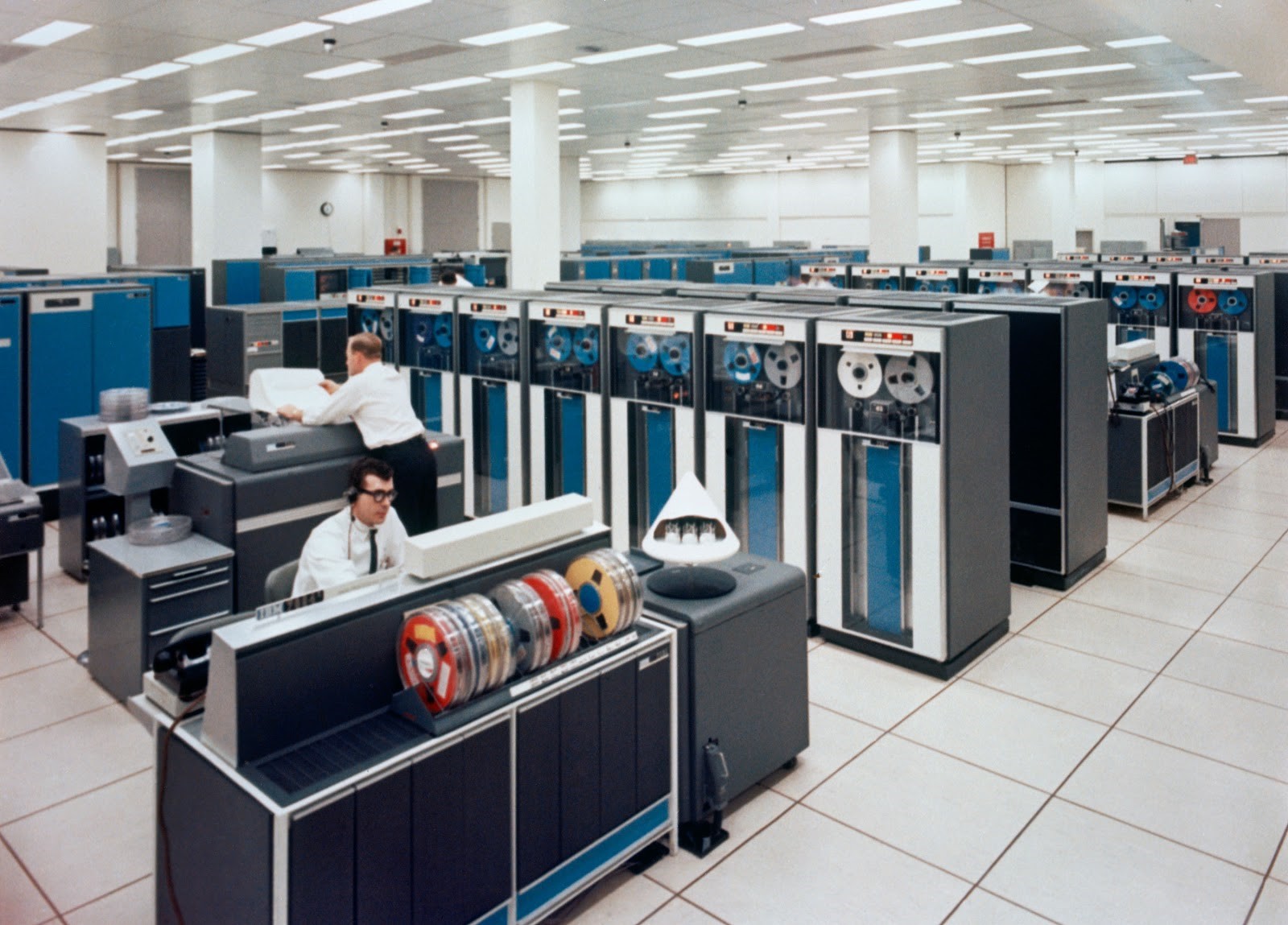Digital transformation is one of the topics of the moment that has been analysed and continues to be analysed from different points of view (including mine). In this process, we cannot ignore technology, talent or methodology. But today we are going to go a step further.
If there is something common among all companies, it is that all are formed through formal and informal relationships. What does this have to do with the process of transforming a company? We have compiled 7 informal indicators that will guide us and help us see, very quickly and intuitively, whether or not a company has been transformed digitally.

The tie
It all started unexpectedly. I was in our office and I saw someone doing our entrance exam in a room. For those of us who work in Paradigma, this is quite an ordinary scene, but, in this case, there was something, a detail that may seem minor, that caught my attention: the interviewee wore a tie.
This scene made me reflect on what this accessory means and represents. And it made me think and ask myself this question: could you say that a company has been transformed digitally when some of its members wears a tie?

I'm not thinking of any particular company, but I think taking off the tie is one of those milestones that show a step forward in the company. Obviously, it is not enough on its own, but rather an indicator that shows a breakthrough in a direction and a break with a way of thinking. Even Mercadona has done it!
One of the main tasks we do in Paradigma is to provide our customers with the path to digital transformation. So, could we say that Paradigma's goal is the abolition of the tie in Spain?
There will always be weddings to wear the ties we have, but otherwise: death to the tie!
The business card
The second item on which I have stopped to reflect is the business card. I started wondering: do you use Facebook business cards? I don’t know what your answer is, but I would bet not.
Even beyond the answer, I ask myself: how can it be, that at this point, we are still using business cards?

At least for me, if I get a card, what I do is connect with the person through LinkedIn, add their data to my phone and then I throw away the card.
Today there are so many connection channels: LinkedIn, WhatsApp, Facebook, Twitter… that it doesn’t make sense to have business cards.
Therefore, the business card is another item that we should abolish. Death to business cards! (And, by the way, we will be consuming less paper.)
Gotham City
Also known as the floor of the nobles.
In a company where I worked a few years ago we had a "floor" where the 5 execs and the CEO were. This floor was not only an office. Its decoration was totally different from the rest of the building.
It was such a contrast that people called that area "Gotham City". Like the other things I talked about, the floor of the nobles is not itself bad. The problem is what it represents. In this case, it represents hierarchy, that one person is above the other.

Or worse yet, it implies a lack of closeness, a difficulty of access and communication. This is not conceived in an organization that wants to be transformed digitally, since close and fluid communication is one of the keys to success.
Thus, we have a third item we should abolish. Death to the floor of the nobles!
? ? The clock: not logging the hours ? ?
This indicator may remind us of Luis Miguel. But this is, unfortunately, another informal indicator of a company's digital transformation: rigidity and dependence on long hours (and a schedule) of work.

Image Credits: Pinterest
Long and inflexible schedules are a manifestation of a lack of freedom and confidence in the work team, something that totally goes against the digital transformation. It is a profound cultural change and difficult to pull off, but not impossible (as we have shown many companies).
Therefore, fourth on the list for abolition: slavery to the clock!
Size does not matter!
There are many opinions on whether size matters or not, but for digital transformation, I can say it does not matter.
In my naiveté of having worked in "normal" companies, when I started in a not so normal few years ago, on the first day, they explained to me that it was possible to know how the boss was as a person based on the size of his table, and I could not believe it.

Moreover, once you’re past a certain level, it’s no longer calculated by the size of your table (imagine the size of the biggest boss’s table), but by the size of your office.
Think about it: I had come from working at eBay, where the CEO (then Meg Whitman) had a table of the same size as any other employee. What a contrast!
In digitally transformed companies, it is common for all to have the same tools to do our jobs.
Therefore, fifth to be abolished: death to size differences!
Paper
Just as I thought I had defined all the things to be abolished, I came across one more.
The other day, in a meeting, one of the people who were there told me: "I know you because I read the posts you wrote". So far so good, but I froze when this person then opened up a folder and... took out these posts, printed on paper!
In the 21st century, someone prints a post to read, when they can do so from their computer or from their phone, their tablet, their Kindle or even their TV. That, to me, seemed, at the very least, outdated.

Also, I recalled this incident in the past, where the person in charge printed (or asked his/her secretary to print) emails and presentations. And it was on top of these papers that he/she used a pen to make comments. Later, he “lent” these paper copies to others for them to photocopy and later return to him/her. The first time I saw it, I couldn’t have been more astonished!
If you want to be a digitally transformed company, you can’t go from bits to atoms. You shouldn’t go in the opposite direction of what Nicholas Negroponte explained in his book “Being Digital” in 1995.
And there we have the sixth to go: do not print digital documents! (And by the way, we help the trees this way too.)
The Host
I could not write about digital transformation without talking about technology. There are many technological issues that I could write about, but there is one that for its antiquity deserves the honour: the host.
When talking to a company about their technological situation, if they tell us something like "we have it in the host" or "yes, this is our as400", then we can conclude that that company is not yet digitally transformed. You cannot digitally transform a company and still use a host!
And with that, seventh to be abolished: the host, or anything like it!

Digital transformation is not just technology, it is a profound and across-the-board change in an organization that encompasses all its aspects, including informal factors such as those that I have shared in this post.
Anyone who thinks that modernizing their current technology is enough for a digital transformation is mistaken.
As a conclusion, I leave you with this thought: the more these things continue, the further away a company is from transforming itself digitally.
Do you know of any other informal indicators of digital transformation? Let us know by leaving a comment!
Comments are moderated and will only be visible if they add to the discussion in a constructive way. If you disagree with a point, please, be polite.




Tell us what you think.